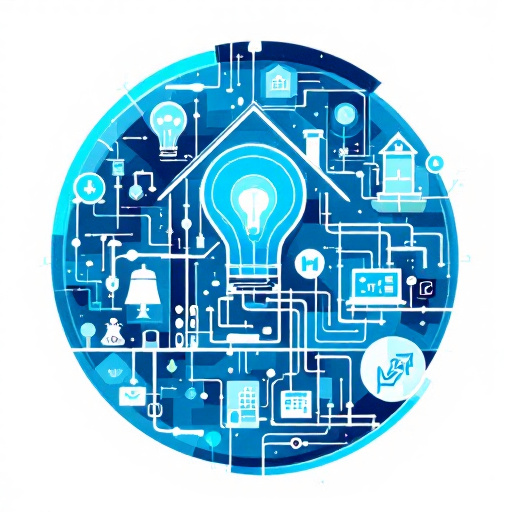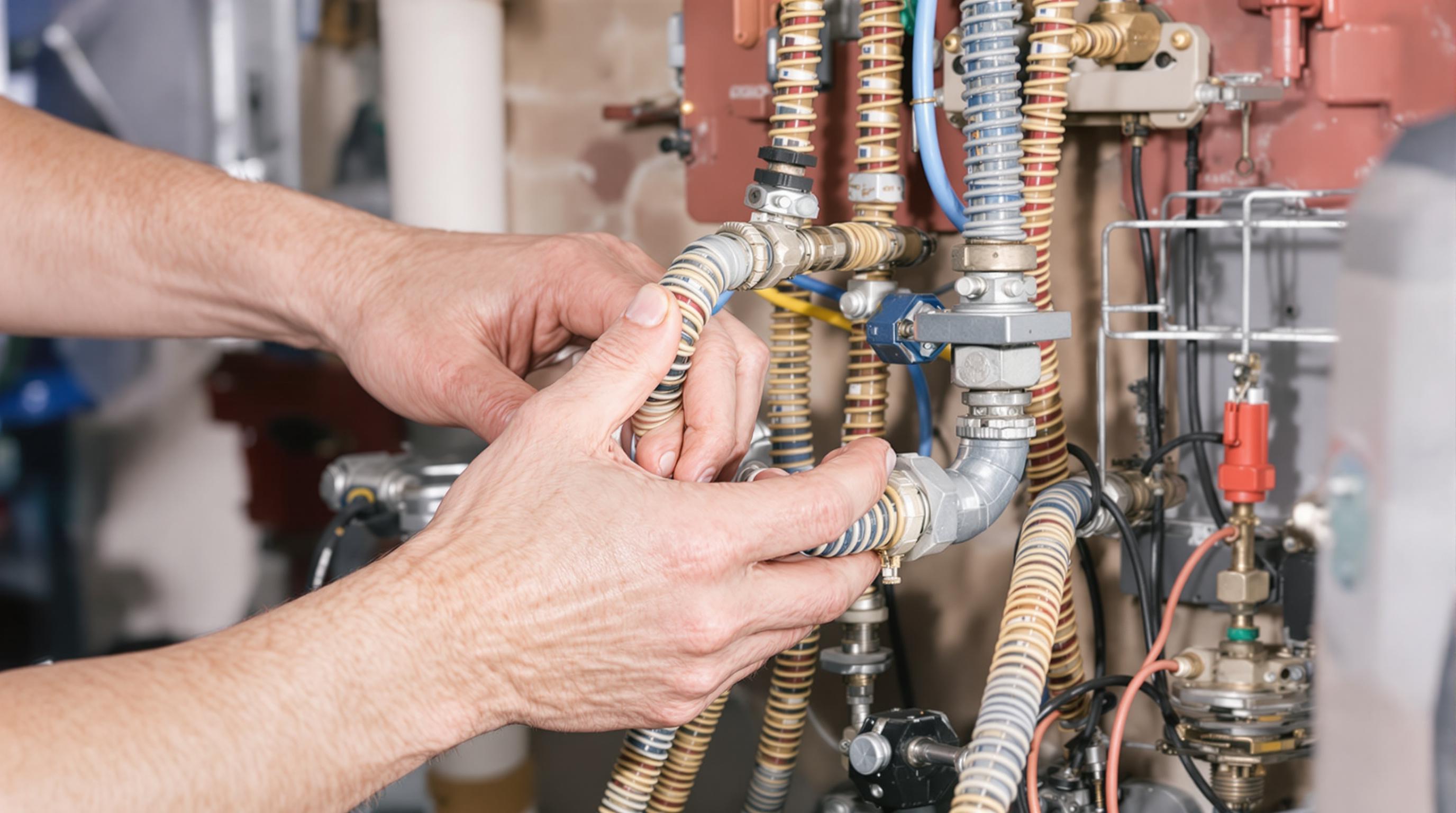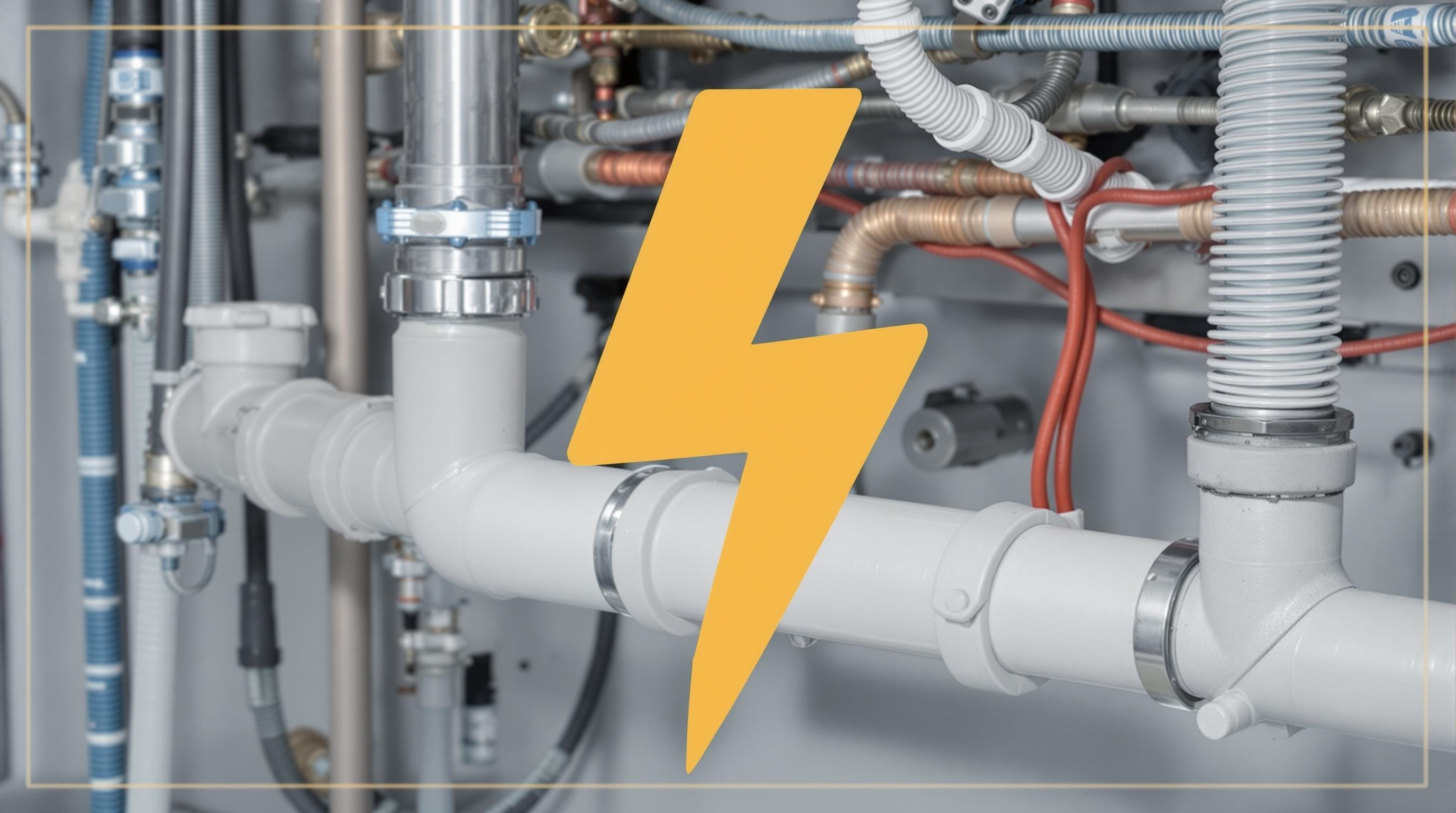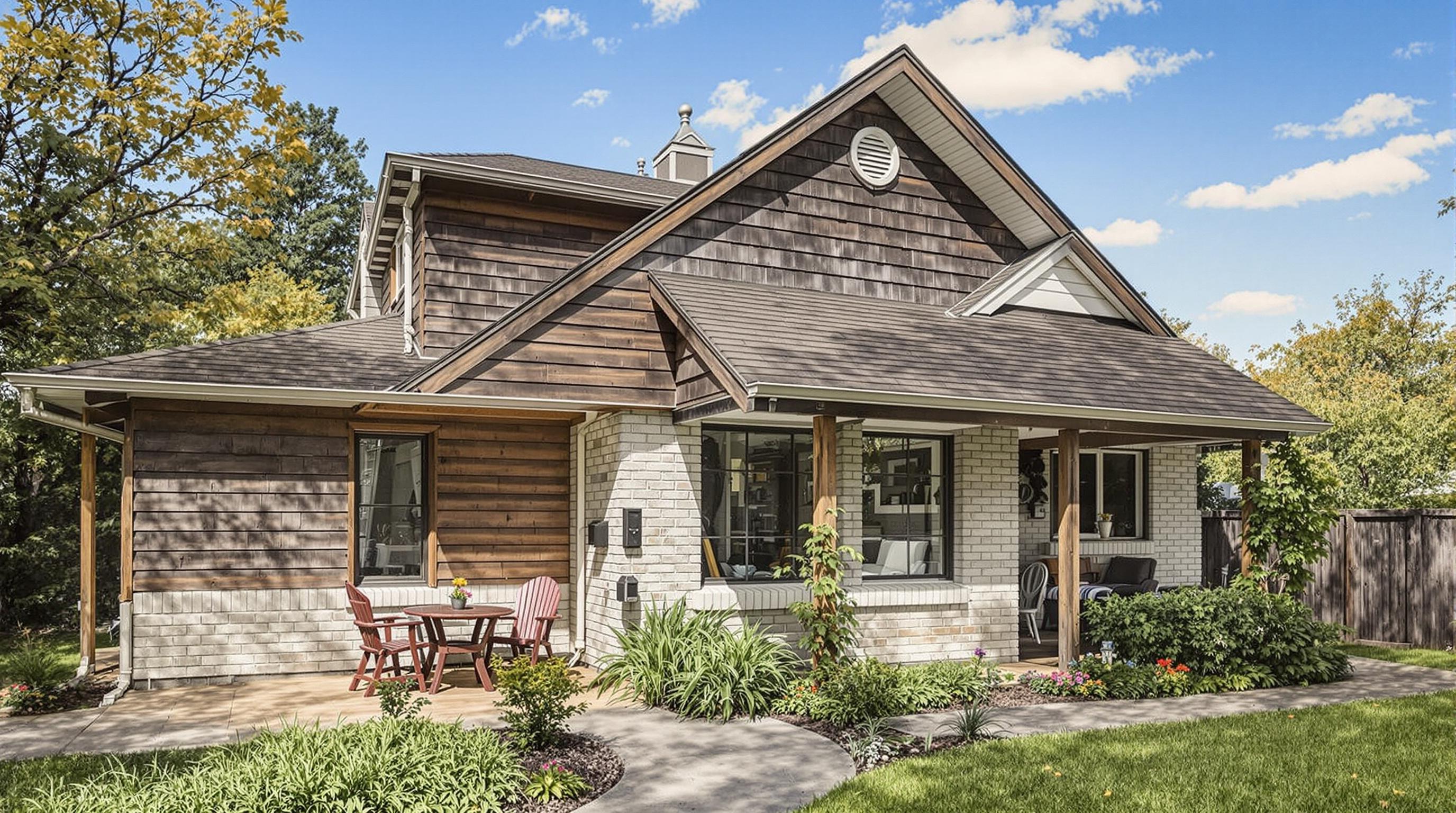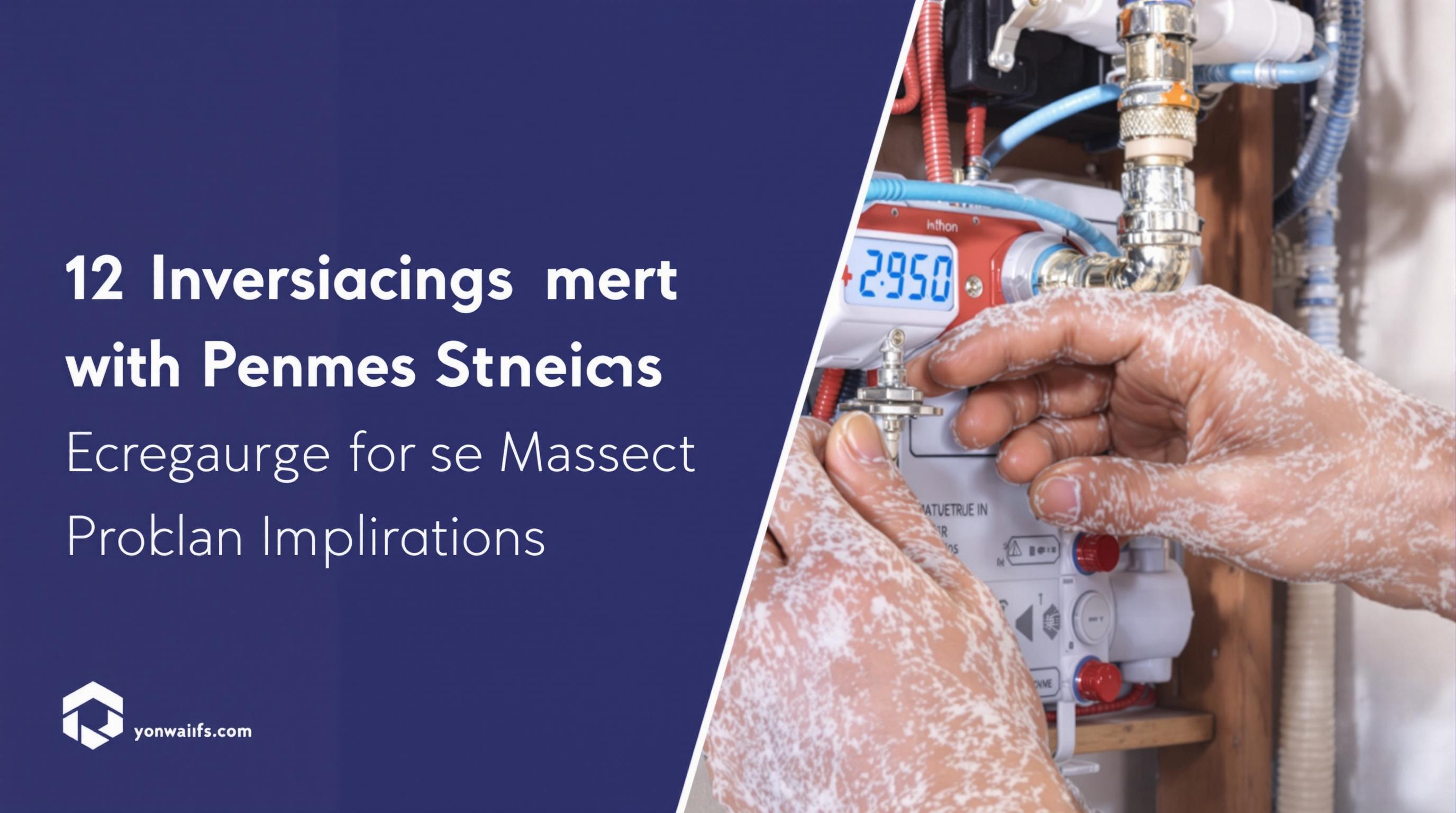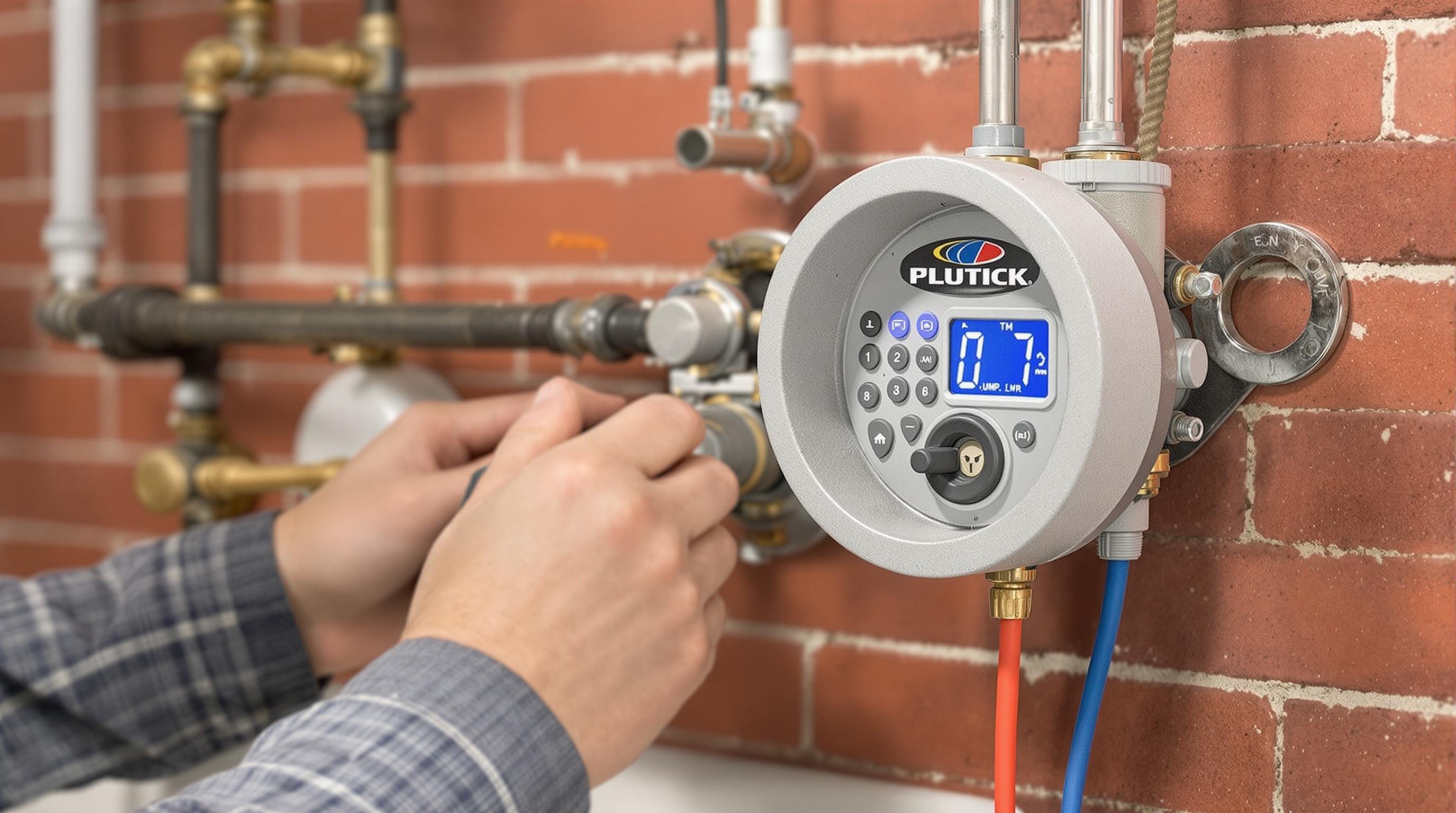Related Articles
- The Hidden Influence of Ergonomics: How Tool Design Shapes Our Physical Spaces and Daily Lives
- The Silent Influence: How Hidden Home Implements Shape Our Daily Routines and Spaces
- The Counterintuitive Role of Chaos: How Messy Tool Storage Can Lead to Unexpected Home Innovations
- Exploring the Unseen: How Audio Experiences Shape the Art of Domestic Spaces and Color Perception
- Rethinking the Mundane: How Everyday Objects are Becoming the Canvas for Modern Artistic Expression in Home Spaces
- Cultivating Chaos: The Surprising Benefits of Embracing Weeds in Your Garden Ecosystem
Unraveling the Mysteries of Smart Home Systems: Plumbing and Electrical Synergy for Future-Ready Living
Unraveling the Mysteries of Smart Home Systems: Plumbing and Electrical Synergy for Future-Ready Living
Smart home systems have become an integral part of modern living, blending technological innovation with our everyday routines. This article explores the fascinating interplay between plumbing and electrical systems within these smart environments, paving the way for future-ready living.
The past decade has witnessed an explosion in the adoption of smart home technologies. According to a report by Statista, the global smart home market is expected to reach approximately $135 billion by 2025. That's a staggering growth potential and a clear testament to our society’s growing affinity for automation and connectivity. But how do plumbing and electrical systems play into this narrative? Let's hop into this intriguing world.
Understanding the Essence of Smart Home Systems
What exactly qualifies as a "smart home system"? Broadly speaking, a smart home is a residence that utilizes internet-connected devices to enable remote management and monitoring of systems and appliances. These can include lighting, HVAC systems, security cameras, and yes, even plumbing installations. The sweet spot lies in their ability to communicate with one another, allowing for seamless control and energy efficiency.
The Power of Integration
Think of smart systems as a beautifully orchestrated symphony. The conductor (the central hub) leads the orchestra (the various devices) to create a harmonious living experience. When plumbing and electrical systems work in tandem, the result is an environment that not only enhances convenience but also promotes sustainability.
Case Study: The Smith Family Home
Let’s take a peek into the Smith family's life. They decided to transform their conventional house into a smart home with integrated plumbing and electrical systems. With smart water leak detectors and electrical sensors, they not only saved significant amounts on their water and energy bills but also avoided potential costly repairs caused by leaks and electrical issues.
The Result: Cost-Effective Convenience
Statistics indicate that homes equipped with smart technologies can cut energy use by 10 to 30%. The Smiths saw an annual reduction in costs by about $700, thanks to their smart home integration. And who wouldn’t want to save money while simultaneously adding convenience to their lives?
The Humorous Side of Smart Living
Imagine waking up to a smart coffee machine that cheerily announces, "Good morning! Your coffee is ready!" only to realize you left the water hose running overnight because your plumbing system didn't alert you. You might find yourself thinking, "Well, I wanted my breakfast coffee, not a swimming pool!" Smart plumbing systems now come with leak detection, but they can’t always predict the human touch (or lack thereof). Ah, the irony!
The Future of Smart Plumbing
As we peer into the future, advancements in smart plumbing technology promise not just efficiency but also predictive maintenance. Imagine waterproof sensors that not only detect leaks but also ‘talk’ to your smart home hub to suggest immediate corrective actions. This innovation can revolutionize our plumbing systems, reducing water wastage while preserving resources.
A Quick Look at the Tech behind Smart Home Systems
So, how do these systems come to be? The backbone of a smart home relies on the Internet of Things (IoT)—a network of devices that communicate with each other and share data. In a smart home, appliances within the plumbing and electrical systems can be monitored and regulated through applications on your mobile device. Did you forget to turn off the lights? There’s an app for that!
The Benefits of Smart Living systems
The allure of smart home technology isn’t just rooted in convenience; it extends to enhancing overall quality of life. Consider security—imagine knowing that your doorbell camera will send you an immediate alert if a leak is detected in the basement. You quickly act to prevent damage—an action you wouldn’t have taken if you weren’t notified. Smart homes can also boost the elderly’s independence, allowing family members to check in and ensure the home is operating smoothly.
How Does Electrical Efficiency Fit In?
Smart electrical systems dovetail beautifully with plumbing services. Homeowners can monitor energy usage and set up automated systems that optimize energy consumption based on real-time data. For instance, when water is being heated, the thermostat can adjust to save energy by lowering temperatures in other parts of the house.
Real-World Applications and Technologies
Let’s look at a few examples of technologies making waves in smart plumbing and electrical systems:
- Smart Showers: These allow users to control water temperature and flow via a smartphone app, providing optimal comfort while conserving water.
- Automated Sprinkler Systems: They utilize weather data to determine optimal watering schedules, drastically reducing water waste for landscaping.
- Smart Thermostats: Tools such as the Nest or Ecobee adjust heating and cooling based on patterns to avoid energy waste.
Statistics Worth Noting
According to a 2021 survey by HomeAdvisor, 64% of respondents cited convenience as the primary motivator for adopting smart home technology. Conversely, 35% also pointed to energy efficiency as a compelling reason to embrace these advancements. As homeowners become increasingly aware of environmental impacts, this balance will become even more critical.
Tips for Transitioning to a Smart Home
Interested in stepping into the future with a smart home? Here are a few tips to get you started:
- Start Slow: Don’t feel pressured to convert your entire home overnight. Begin with one or two systems—perhaps a smart thermostat and water leak detector.
- Research Integration: Always check how new devices will integrate with existing ones. Compatibility is key.
- Stay Updated: Technology evolves rapidly. Ensure your systems have the capacity for future upgrades.
The Community Factor: Engaging with Smart Home Technology
As smart home technology gains traction, communities are starting to invest in smart infrastructure. Cities across the globe are implementing smart grid systems that promote energy efficiency and sustainability. Programs like these empower citizens, showing that while individual homes can be tech-savvy, the broader community can also contribute to a greener planet.
The Revolving Door of Technology
It’s essential to remember that it’s not just about gadgets; it’s about how they enhance our lives. Are they genuinely making us better stewards of our environment? Or are they creating dependencies that could limit our engagement with the natural world? Consideration of both sides creates a balanced perspective essential for future-ready living.
In Conclusion
As we navigate through the labyrinth of smart home systems, plumbing and electrical synergy will undoubtedly play critical roles in shaping our future living environments. They herald a new era of convenience, sustainability, and efficiency, bearing the promise of lives that are not only easier but smarter. The choice to embrace these advancements is a step toward a harmonious lifestyle that benefits our homes, communities, and the planet.
Ultimately, creating a smart home isn't just about the technology. It's about creating spaces where we feel safe, secure, and content—where convenience meets innovation in the most delightful ways!
